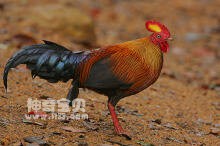
Gallus lafayetii
Gallus lafayetii,Ceylon Junglefowl
The black-tailed fowl (Gallus lafayetii) is Ceylon Junglefowl, no subspecies···
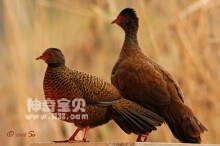
Galloperdix spadicea
Galloperdix spadicea,Red Spurfowl
Galloperdix spadicea, also known as Red Spurfowl, is a timid bird that moves···
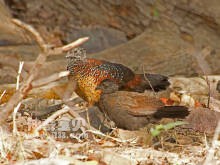
Galloperdix lunulata
Galloperdix lunulata,Painted Spurfowl
Galloperdix lunulata: Painted Spurfowl, no subspecies.Painted quails are tim···
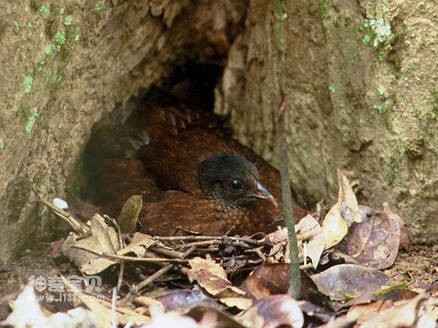
Galloperdix bicalcarata
Galloperdix bicalcarata,Ceylon Spurfowl
The Sri Lankan Galloperdix bicalcarata, also known as Ceylon Spurfowl, is a ···
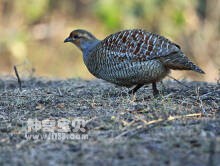
Francolinus pondicerianus
Francolinus pondicerianus,Gray Francolin
The grey partridge, Francolinus pondicerianus or Gray Francolin, likes to tr···
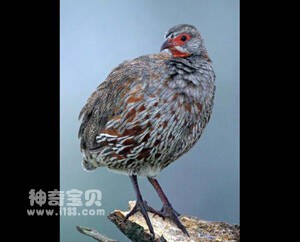
Francolinus pictus
Francolinus pictus
Francolinus pictus prefers to live alone or in pairs, forming flocks like ot···
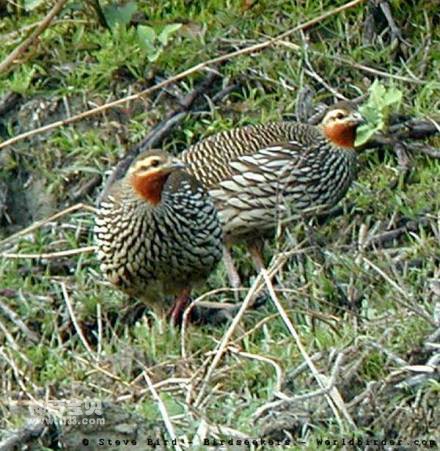
Francolinus gularis
Francolinus gularis
The swamp partridge, Francolinus gularis, is very territorial, and the males···
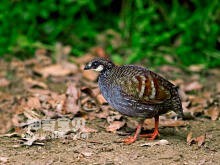
Francolinus francolinus
Francolinus francolinus,Black Francolin
Black partridges are known as Francolinus francolinus and Black Francolin. T···
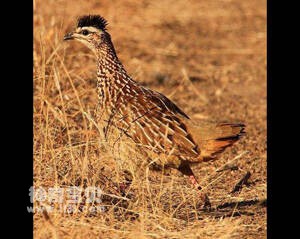
Francolinus sephaena
Francolinus sephaena,Crested Francolin
Francolinus sephaena, or Crested Francolin, is a small, omnivorous pheasant ···
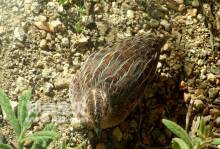
Coturnix pectoralis
Coturnix pectoralis,Pectoral Quail
Coturnix pectoralis (also known as Pectoral Quail) is a quail that often tra···
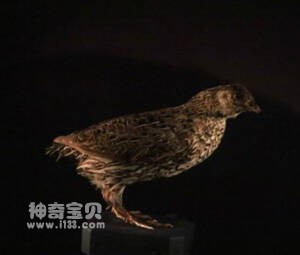
Coturnix novaezelandiae
Coturnix novaezelandiae,New Zealand Quail
New Zealand quail Coturnix novaezelandiae (New Zealand Quail), little is kno···
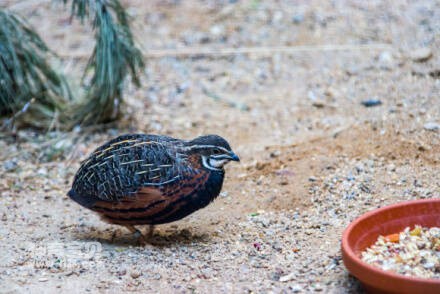
Coturnix delegorguei
Coturnix delegorguei,Harlequin Quail
The Quail's scientific name is Coturnix delegorguei, and its foreign nam···
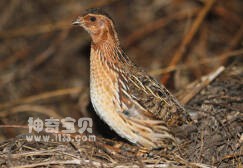
Coturnix coturnix
Coturnix coturnix,Common Quail, Quail,Caille des blés
The Western Quail (Coturnix coturnix), Common Quail in English, quail in Fre···
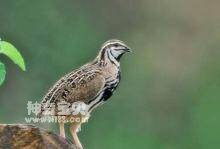
Coturnix coromandelica
Coturnix coromandelica,Rain Quail
The black-breasted Quail is known as Coturnix coromandelica or Rain Quail an···
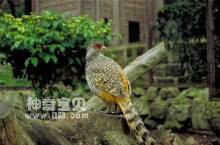
Cheer Pheasant
Cheer Pheasant,Catreus wallichii
The painted Pheasant (Catreus wallichii), the foreign name Cheer Pheasant, l···
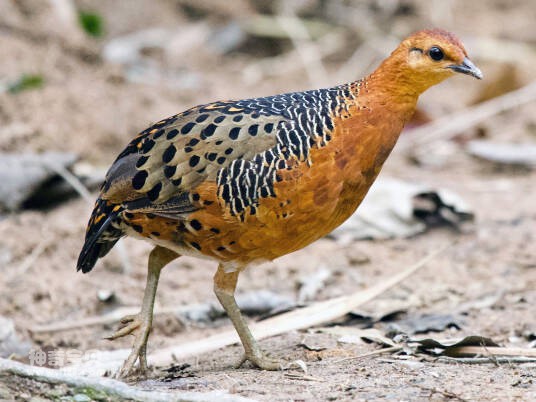
Caloperdix oculea
Caloperdix oculea,Ferruginous Wood Partridge
Caloperdix oculea, Ferruginous Wood Partridge, its specific habits are unkno···
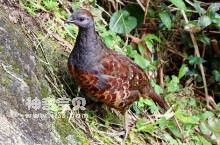
Chinese Bamboo Partridge
Chinese Bamboo Partridge,Bambusicola thoracica
Chinese Bamboo Partridge (scientific name: Bambusicola thoracica) has 2 subs···
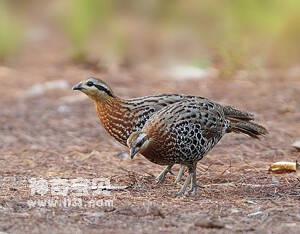
Bambusicola fytchii
Bambusicola fytchii,Mountain Bamboo-partridge
Mountain Bambusicola fytchii is a small chicken similar in size to Mountain ···
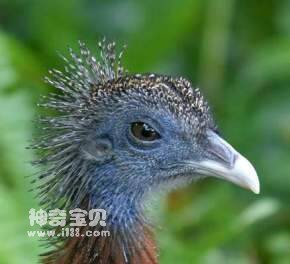
Argusianus argus
Argusianus argus,Great Argus
Tragopan (Argusianus argus) is known as the Great Argus and has two subspeci···
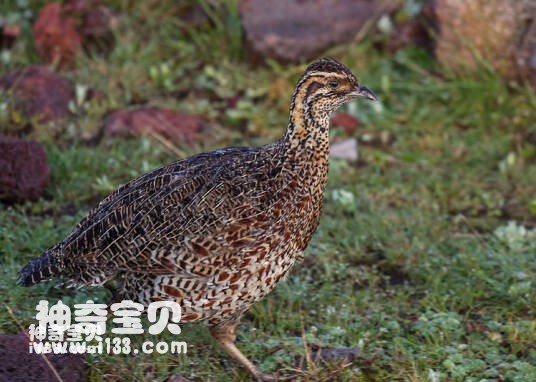
Arborophila sumatrana
Arborophila sumatrana
The Sumatran mountain partridge, known scientifically as Arborophila sumatra···
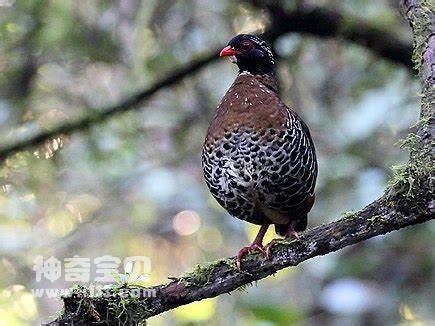
Arborophila rubrirostris
Arborophila rubrirostris,Red-billed Hill Partridge
Scientific name Arborophila rubrirostris, foreign name Red-billed Hill Partr···
